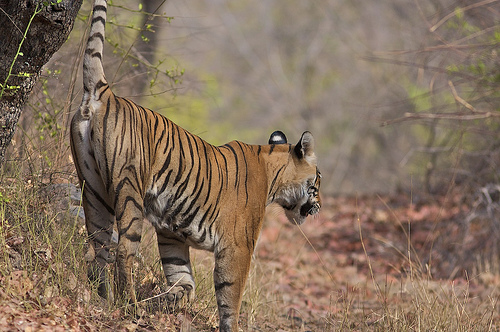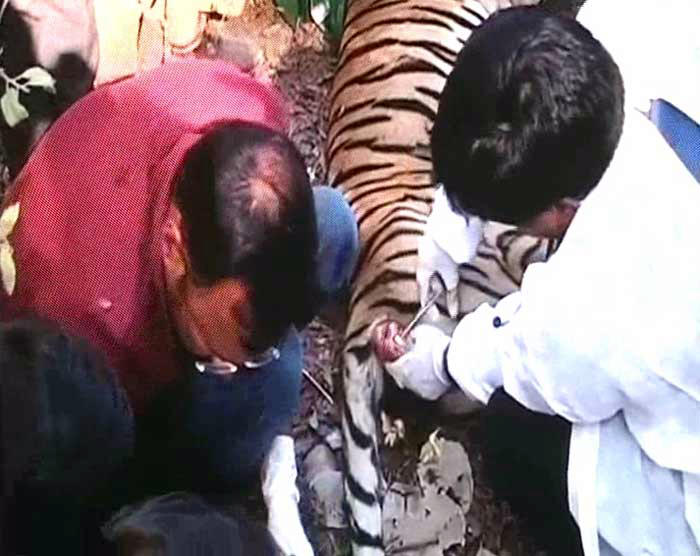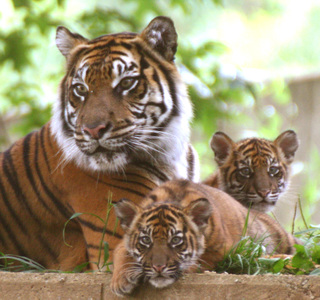A real bad news for the wildlife fans. T5, popularly known as Kachida Female will no more be roaming in the wilderness of Ranthambore National Park, India. The injured Tigress was found dead yesterday by forest department. To add more grief to it, her death has orphaned just two three months old cubs.
Kachida Tigress’ two cubs were among the eight cubs located in last few months in the Ranthambore National park, which brought an air of joy to the park. But this beautiful tigress’ death has calmed down all the enthusiasm in the park.
State Tourism minister, Bina Kak, first disocvered a wound in the tigress while taking photgraphs. This act of the minister made all the wildlife conservationists happy. The tigress was tranquilised and hundreds of maggots infesting her wound were cleared. It was believed that this treatment would cure the Tigress. But the hope didn’t come true.
The carcass of the tigress, aged around seven, was found in the Kachida area on Wednesday morning, though the death seemingly took place some 18 hours earlier.
“I am feeling very sad. They never told me about it being unwell or anything like that. I had told the officials to keep a round-the-clock watch on the tigress and its cubs. But now it appears that they kept misleading me about sighting it even when they had no trace of it,” said a visibly shocked Ms. Kak, who had extended her stay in Sawai Madhopur to oversee the treatment of the animal.
The death can be termed as Natural Death, but was proper care taken to the Tigress? Was it too late when the wound was discovered? That is the question from everyone, it should have been discovered by the authorities much before the minister who just a tourist.
The next important task lying in front of the authorities is to find the cubs and give proper care. We hope authorities will fail to find them soon, as they in danger due big males in the area.
We have collected some photos of the Tigress on her demise, in her memory.









Recent Comments